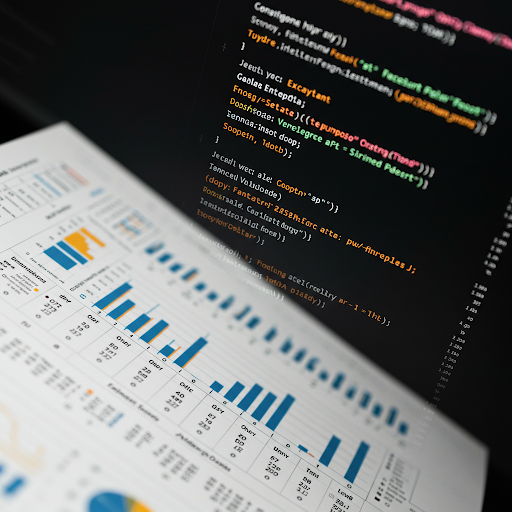
Beyond Spreadsheets: Python Unlocking Insights & Driving Smarter Decisions for Operations
Are your teams still wrestling with siloed data in endless spreadsheets, struggling to make timely, informed decisions? It’s a common bottleneck that hinders growth and efficiency. But what if we could truly move beyond this, leveraging a unified, intelligent approach?
I often joke that many businesses secretly run on an „EPS” – an Excel Production System! But the future I envision, and actively build, is a „PPS” – a Python Production System. In this model, Python isn’t just a scripting tool; it becomes the robust backend powerhouse, ensuring consistent, real-time data integrity and accessibility for everyone.
The Power of Proactive, Data-Driven Operations:
Fast, intelligent data access is no longer a luxury; it’s a necessity. Imagine detecting potential material shortages for a crucial production order before it even hits the line. With Python, we can analyze inventory, supplier lead times, and production queues in real-time. This enables dynamic re-prioritization, preventing costly line stoppages – a stark contrast to discovering a critical blockage when it’s already causing delays and impacting customer orders.
Python also excels at streamlining and automating critical documentation. Think of generating up-to-date, accurate work-station specific documents – technical specifications, quality control checklists, safety procedures – directly from master data sources, ensuring consistency and freeing up valuable engineering and quality assurance time.
Next-Level Scheduling: Python & AI Surpassing Traditional APS?
And when it comes to complex production scheduling? While traditional Advanced Planning and Scheduling (APS) systems have served us well, Python combined with AI can unlock a new frontier of optimization. AI algorithms can dynamically analyze a far greater number of variables simultaneously—machine availability, intricate material flows, labor skills, predictive maintenance alerts, even external supply chain disruptions. More importantly, these AI models can learn from historical data and adapt in real-time to changing conditions. This allows for truly adaptive scheduling that maximizes resource utilization, minimizes bottlenecks, and boosts throughput in ways rigid, rule-based APS often struggle to match. The justification is simple: superior adaptability and deeper, learning-based optimization.
Python offers this pathway to more intelligent, agile, and cost-effective operations. By unifying data, automating intelligently, and enabling predictive insights, we can truly transform how businesses function. I’m passionate about architecting these kinds of transformative solutions.
What’s the biggest operational data challenge your team is wrestling with today?
#Python #DataAnalytics #BusinessIntelligence #OperationsManagement #AI #ProductionScheduling #DigitalTransformation #ProcessAutomation #SupplyChain #TechInnovation #ManufacturingTech
 StreamLineDB
StreamLineDB